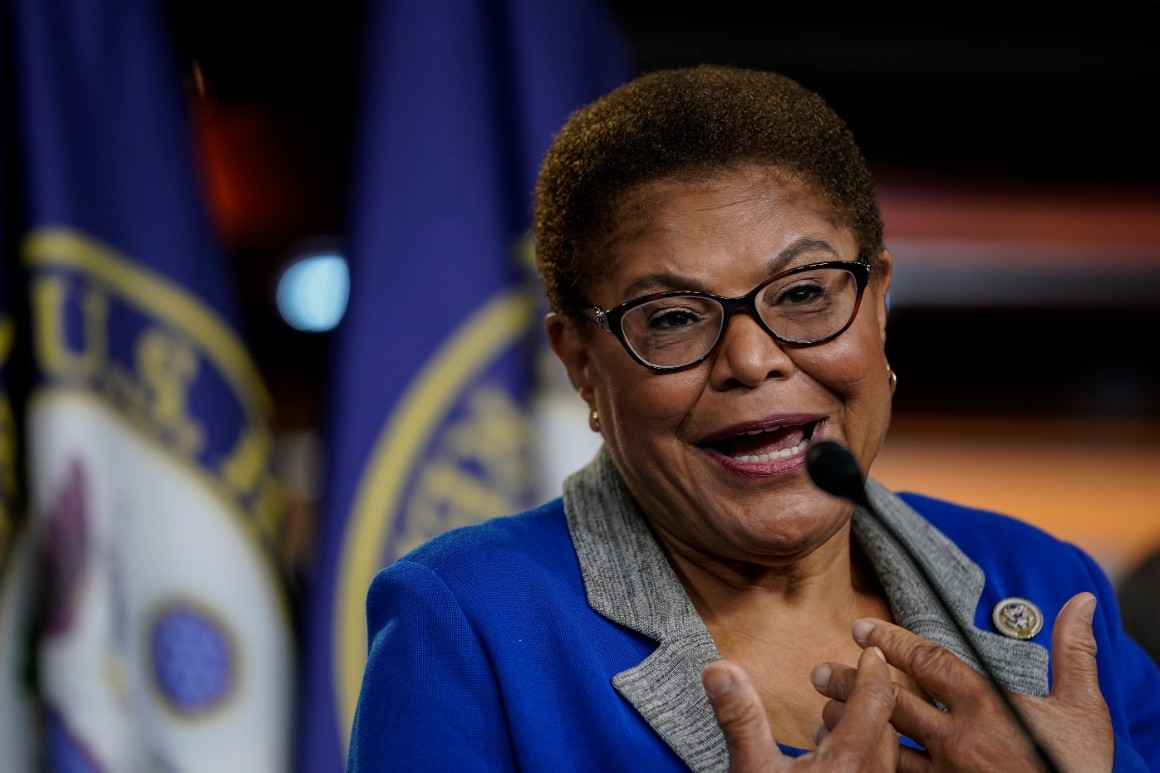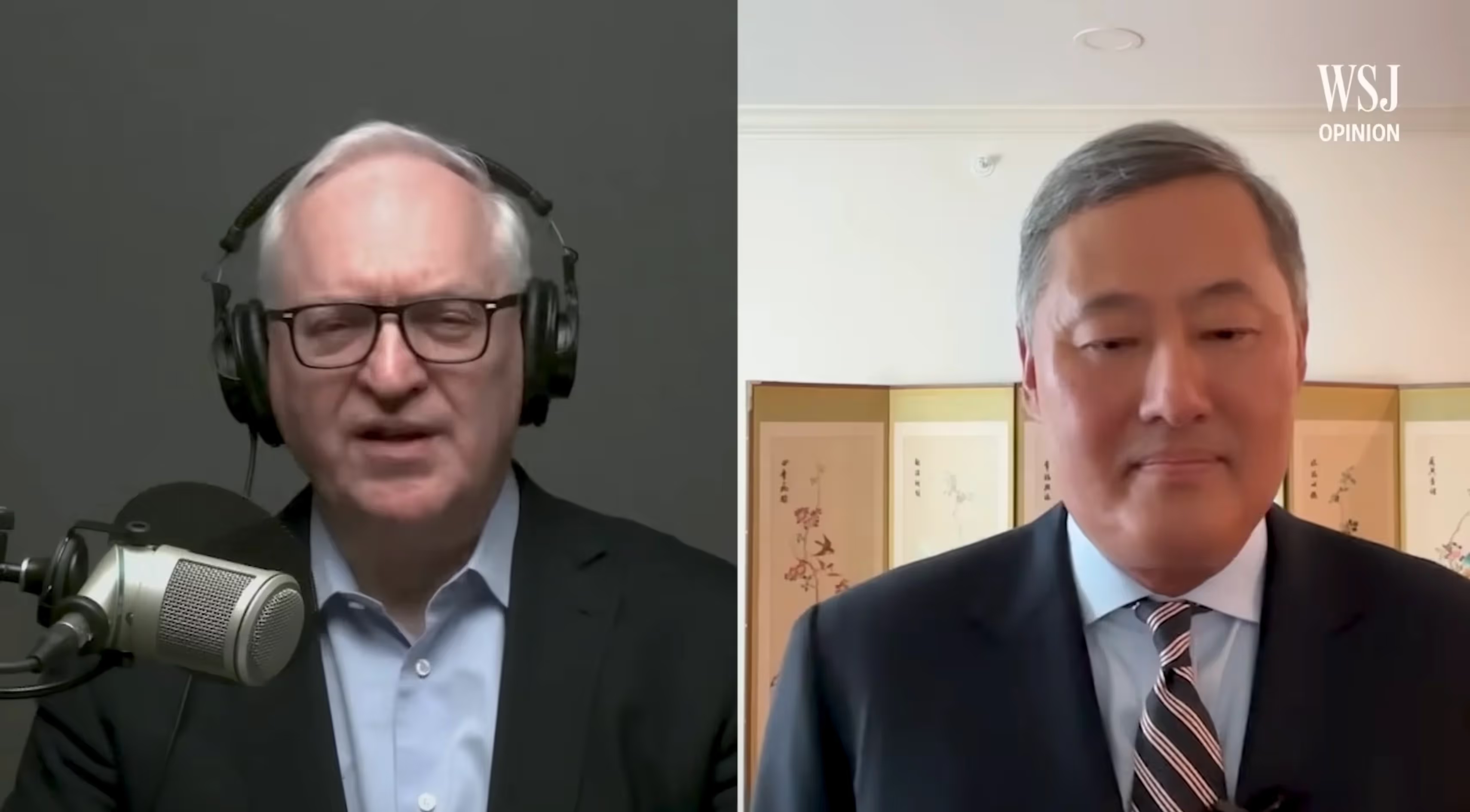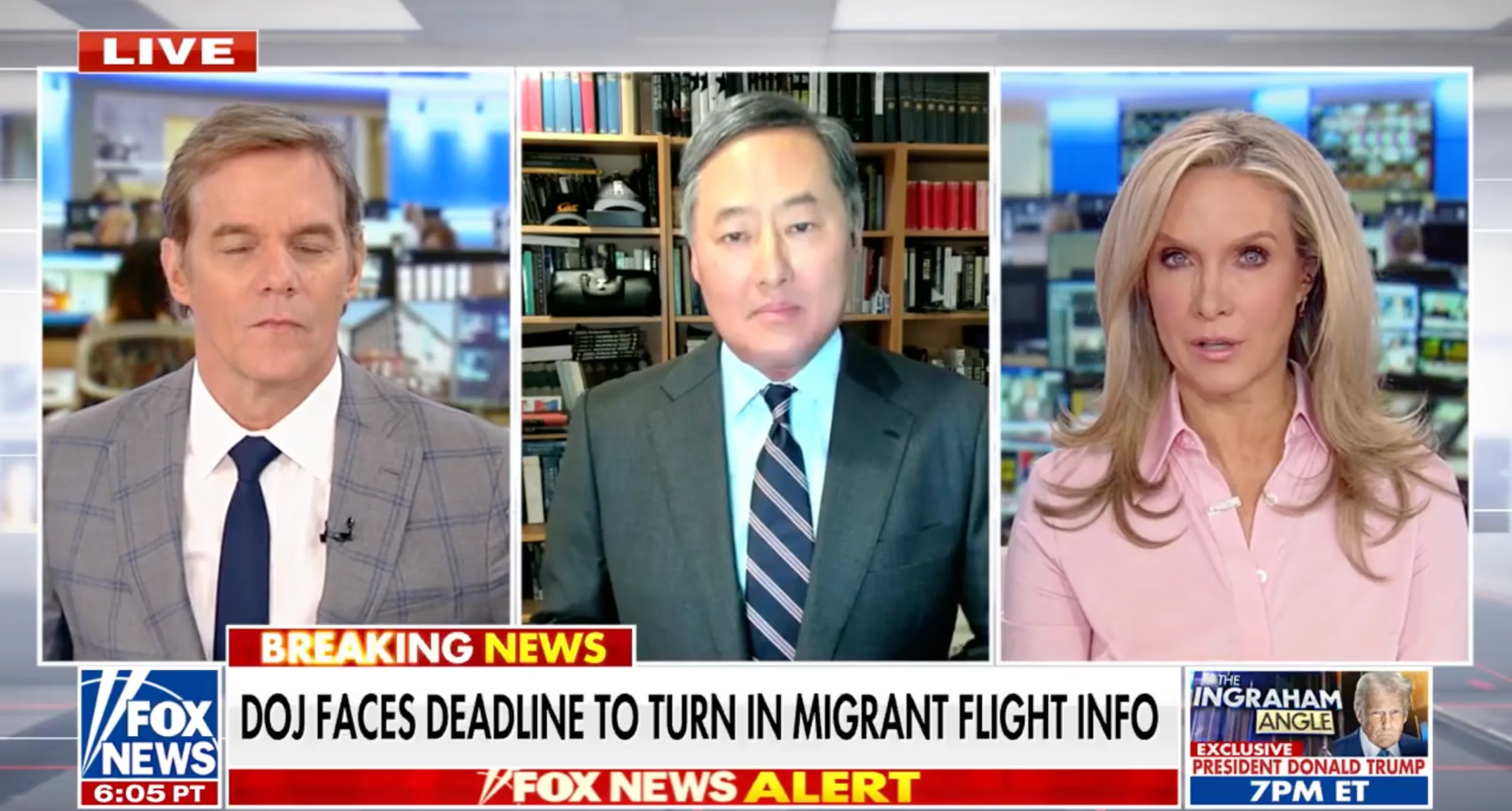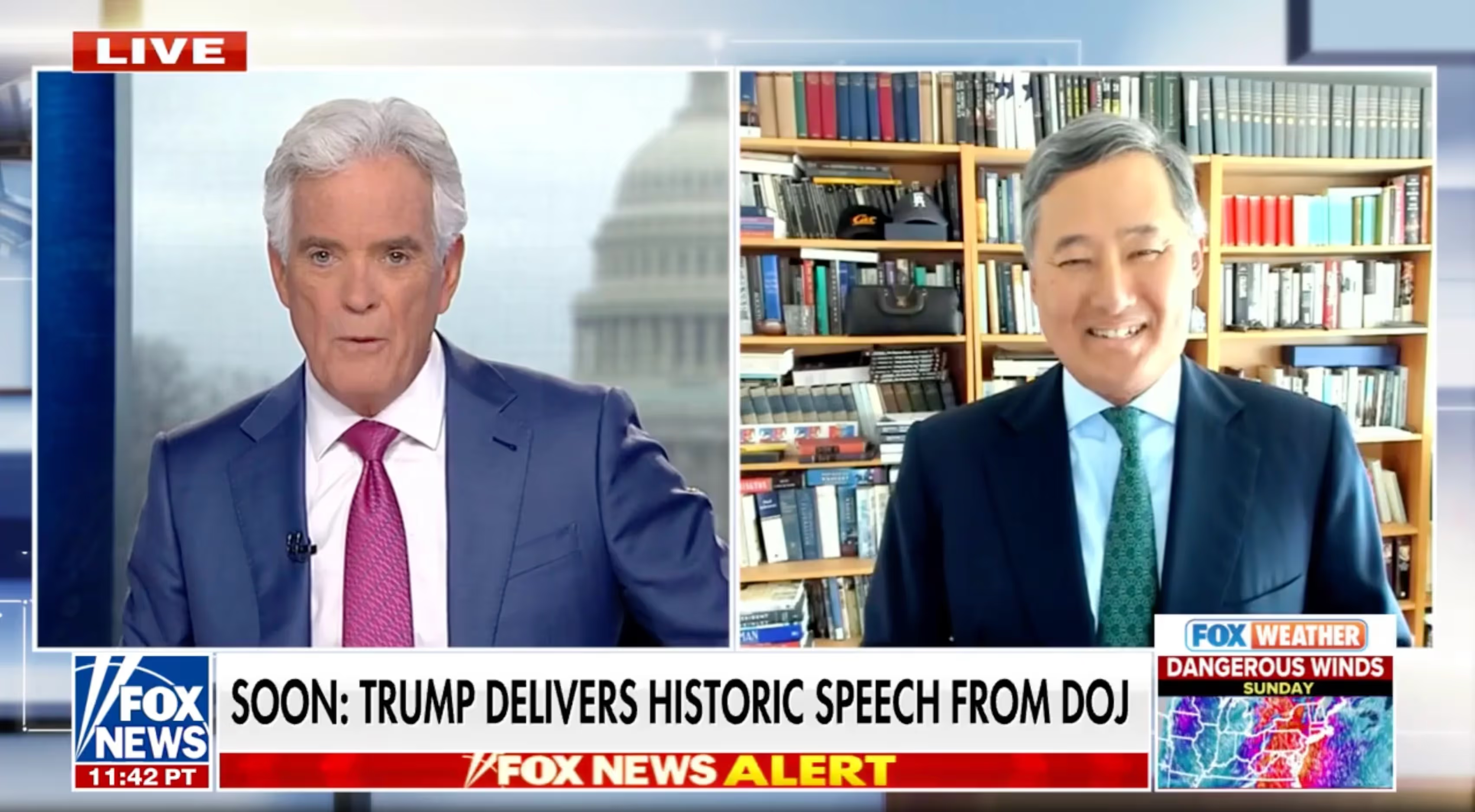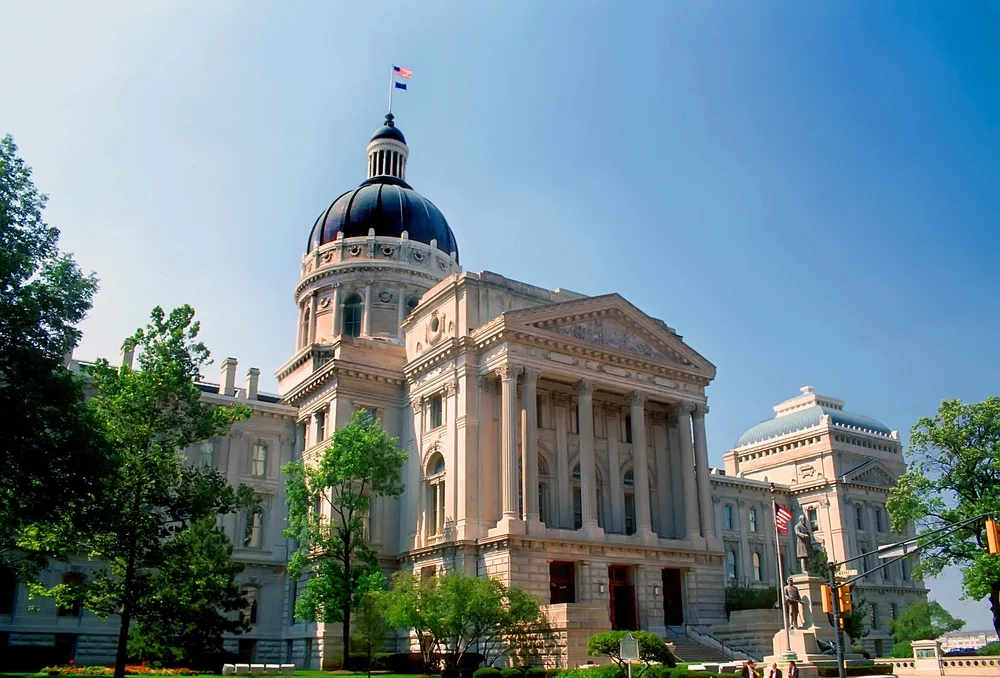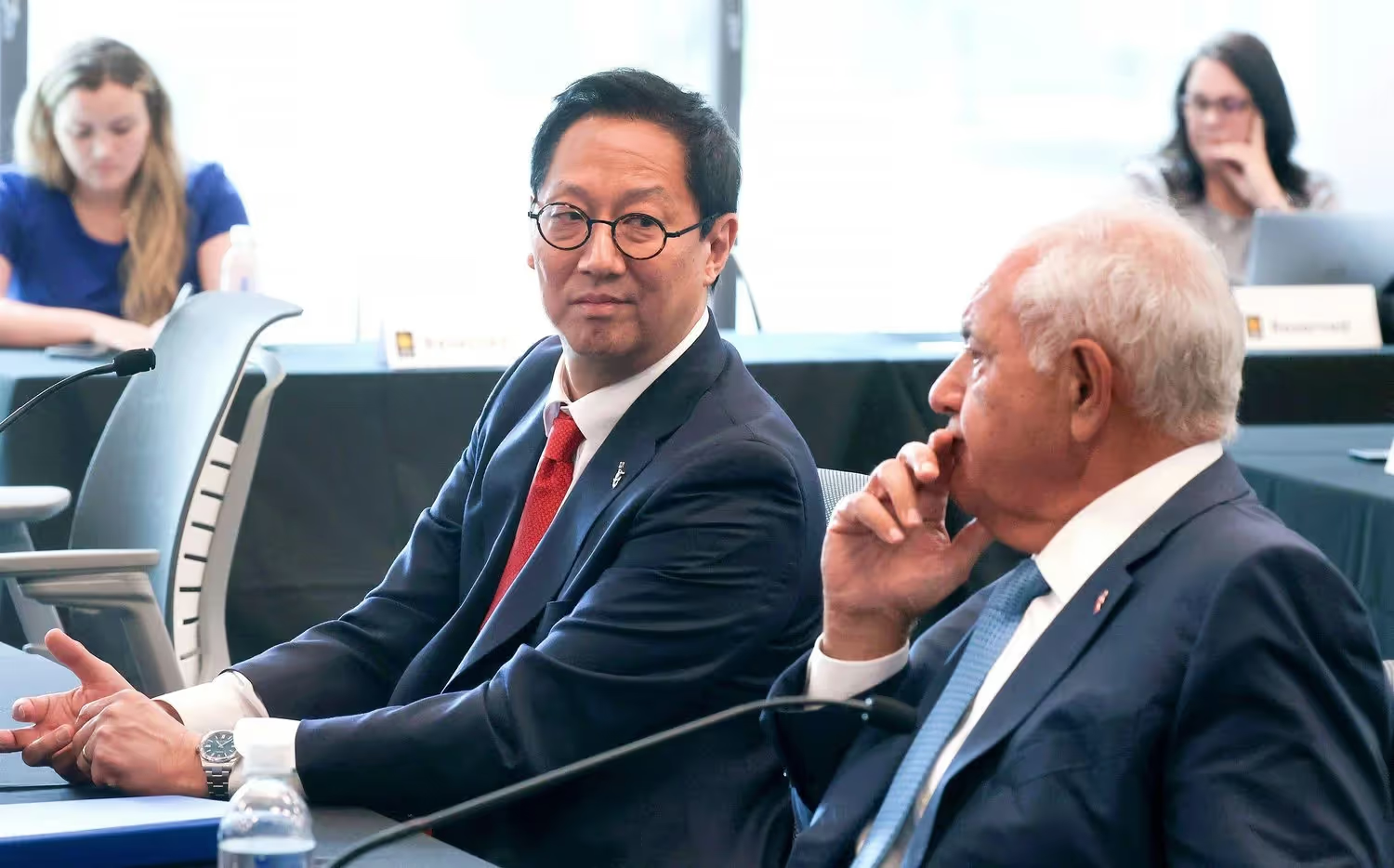
The Current Battleline of the DEI Wars
Can the anti-DEI movement present an affirmative vision of justice that resonates with those who intuit that DEI is wrong?
No one can pinpoint when the fight against diversity, equity, and inclusion started – if it can even be disentangled from related campaigns against affirmative action, minority contracting, and other forms of identity favoritism – but it’s hardly a nascent movement by now. The Supreme Court has ruled that affirmative action, as long practiced in higher education, is illegal. The Trump administration is rooting out racial favoritism in government programs and contracting alongside states that are foregrounding merit in all public investments. However, to achieve its goals and maintain its victories, the anti-DEI movement must entrench its competing set of principles in non-governmental institutions – and ultimately in Americans’ hearts and minds.
The headlines suggest momentum. Some DEI offices shuttered, mandatory diversity statements abandoned, and law firms folded the moment they were sued for programs explicitly favoring “underrepresented minorities.” But what’s beneath the surface? Are we witnessing the end of an admitted fad, a kind of moral panic over systemic discrimination? Or is the will to engage in reparations for “historically marginalized groups” still deeply rooted to the point that those who brought it into the mainstream within the last decade will grit their teeth, bide their time, and bring it back in short order?
Perhaps most importantly, is the anti-DEI movement mature enough to capitalize on its early successes and put forward an affirmative vision of justice that can speak to those who intuit that DEI is wrong?
Answering those questions requires taking stock of the anti-DEI movement’s successes and its remaining obstacles. The successes should not be downplayed. A cultural shift, or at least a shift in the permission structure for opposing DEI in elite circles, appears to be underway within influential institutions. Centrist academic and bestselling author Jonathan Haidt, one of the most influential public intellectuals in the nation, openly calls for the abolishment of DEI, demonstrating that such a view is now squarely within the Overton Window. Once-defensive university leaders and professional organizations are beginning to acknowledge that some long-standing criticisms of DEI deserve more serious consideration than they previously received.
At MIT, President Sally Kornbluth recently announced the end of mandatory DEI statements for faculty hiring, citing concerns about free expression and the ineffectiveness of compelled ideological declarations. Harvard law professor Randall Kennedy, a self-described “scholar on the left” has openly called for the abandonment of these statements, recognizing that they serve as improper “ideological litmus tests” that create an intellectually dubious “circular mode of discourse.” He concludes: “the current DEI regime is discrediting itself.” The University of California, which pioneered race-based affirmative action and diversity statements for faculty hiring—and boasts academic leaders who swear they will continue to discriminate in hiring, even if it’s illegal —announced it will no longer require diversity statements altogether.
Even the Society for Human Resource Management, long a mainstream proponent of diversity initiatives, has distanced itself by removing “equity” from its official language, citing the term’s vagueness and politicization. (It is doubtful that “diversity” and “inclusion” will follow. Those are contested terms with context-dependent meanings, but do not lend themselves to contrast with enduring Western values as “equity” does with “equality.”) These concessions, coming from institutions and individuals that just a few years ago would have considered it sacrilege to do anything but call for more DEI, suggest that the anti-DEI movement has made inroads. Any reservations about the need to fight systemic racism with DEI programming would have been career suicide in 2020 or 2021. Whether MIT and Berkeley have truly internalized why that was wrong, their choices reflect where they believe their constituencies stand on the matter: Diversity statements that penalize applicants for stating they would treat all students equally regardless of immutable characteristics are wince-inducing at best.
Beyond the turn against DEI language and its mandatory recitation in academic circles, things get more complicated. The recent decision by the University of Florida’s Board of Governors to reject Santa Ono’s appointment as university president is worthy of close attention. Ono, a seasoned academic leader and former president of the University of Michigan, had previously embraced many of the conceptual foundations of DEI, including structural explanations for inequality and the need for institutionally driven equity initiatives. He had, however, backed off his strident DEI-ism in recent years and recently oversaw Michigan’s rolling back a host of DEI-type initiatives.
While the Board offered no explicit rationale, observers widely interpreted UF’s decision as a repudiation of Ono’s past stances, perhaps fearing that his anti-DEI turn was insincere. It certainly came across as a warning shot to other academics and potential leaders perceived as too closely aligned with DEI orthodoxy. Backlash is no longer limited to policy revisions or rhetorical shifts; at least in vanguard red states like Florida, it now includes active gatekeeping at the highest levels of academic leadership.
Yet even this apparent success of the anti-DEI movement shows that it is a bit immature. Before my Manhattan Institute colleague Chris Rufo, probably the most effective anti-DEI activist, galvanized opposition to Ono, other staunch anti-DEI voices, such as my Manhattan Institute colleague Jesse Arm, were cautiously optimistic that his hiring at UF was a positive sign. Rufo and Arm are free to disagree widely, of course, but I suspect that they agree on substance and disagree on tactics. Where Arm saw in Ono an essentially chameleonic bureaucrat reflecting a changing tide and worthy of encouragement to continue his reversal, Rufo saw an opportunity to show that anyone who had fallen for DEI’s unjust and unworkable ideals could not be trusted. Either position is defensible. A mature anti-DEI movement will have to think about when it considers conversions sincere, not to mention whether it might want to accept empty-suit figureheads when the alternative is dyed-in-the-wool progressive ideologues. There aren’t that many true anti-DEI warrior academics out there, and someone has to lead our hundreds of influential universities. Who is acceptable? Without a good answer, the movement will appear increasingly vindictive and unworkable.
The anti-DEI agenda will have to mature in other ways, too, to adapt to DEI’s evasions and shell games. While the University of Michigan closed its DEI office entirely, other universities have simply rebranded their diversity, equity, and inclusion efforts. At the University of Colorado, the Office of Diversity, Equity, and Inclusion has been renamed the “Office of Belonging and Engagement,” replacing politically sensitive terms with language perceived as more inclusive and less polarizing. Similarly, Rice University restructured its DEI efforts by renaming its department the “Office of Access and Institutional Excellence.” American University in Washington, D.C. announced in May 2025 that it would transition its Center for Diversity & Inclusion into the newly named Center for Student Belonging, aimed at ensuring every student feels “seen, valued, and supported.”
That kind of language smacks of therapy-babble, which reasonably leads critics to roll their eyes and move on. But it raises important questions: What will all those bureaucrats and administrators do now, if not continue the DEI enterprise of identity-based favoritism? Is it possible that dozens of universities discovered they had problems “seeing” students right as their DEI offices came under fire? Where are the massive personnel changes that reflect the change in expertise needed to effectuate this change in mission? If the fight against DEI was ever worthwhile, these follow-ups are at least as important as the initial battles.
The most straightforward answer to the first question, from which the answers to the others flow, is the same one offered by Berkeley Law Dean Erwin Chemerinsky in defense of affirmative action and Harvard President Alan Garber in defense of tolerating discriminatory harassment: massive resistance. The hubs of DEI didn’t become that way by accident and won’t go down without a fight. That cuts the anti-DEI movement’s work out for it if it wants to achieve lasting change rather than pyrrhic or rhetorical victories. For one, there must be an ongoing effort to identify what is wrong with identity-based preferences in addition to the heretofore successful effort to call a set of bad ideas by a name and then target them. Furthermore, it underscores the need to cultivate a new generation of leaders who aspire to steward institutions based on principles of merit and public service. The ideologues who keep DEI programming on life support are going down, kicking and screaming, but if they continue to command the heights of elite culture – universities, “reputable” media, corporate HR departments – they are going to continue to shape American life in imago DEI.
That raises two challenges the anti-DEI movement will need to consider carefully. First, it must develop and steward institutions that invest in individuals interested in making the case for merit in institutions where that is blasphemous. Entering university administration or corporate governance as a gadfly is not always appealing, and young people opposed to DEI often act rationally when they decide to avoid such institutions entirely. Shifting those incentives to help change captured institutions by replacing diversicrats with meritocrats is not simple and likely will not be cheap, either. But it is necessary and requires training young people to be both winsome and brave.
Second, those people will need a lexicon of merit. DEI caught on the first time because, among other things, it resonated with well-intentioned people who wanted to do justice. It has its lexicon of fairness and unfairness, whose shortcomings are not always obvious. Our institutions are susceptible to falling for it again in the future unless the opposition presents a different vision of what is fair and just. One crucial concept that ought to drive the merit movement is the idea that institutions exist to achieve specific, specialized goals: airplane manufacturers to produce aircraft, universities to impart the knowledge necessary for a liberal society to function, and so on. They do not exist to be job programs or hubs of social engineering.
That concept is not as intuitive as it once was. Ensuring that it is once again must be part of a mature anti-DEI movement capable of sustaining its gains,
Tal Fortgang is a legal policy fellow at the Manhattan Institute.
Politics
.webp)
Liberal Democracy Reexamined: Leo Strauss on Alexis de Tocqueville
This article explores Leo Strauss’s thoughts on Alexis de Tocqueville in his 1954 “Natural Right” course transcript.
%20(1).avif)
Long Distance Migration as a Two-Step Sorting Process: The Resettlement of Californians in Texas
Here we press the question of whether the well-documented stream of migrants relocating from California to Texas has been sufficient to alter the political complexion of the destination state.
%20(3).avif)
Who's That Knocking? A Study of the Strategic Choices Facing Large-Scale Grassroots Canvassing Efforts
Although there is a consensus that personalized forms of campaign outreach are more likely to be effective at either mobilizing or even persuading voters, there remains uncertainty about how campaigns should implement get-out-the-vote (GOTV) programs, especially at a truly expansive scale.
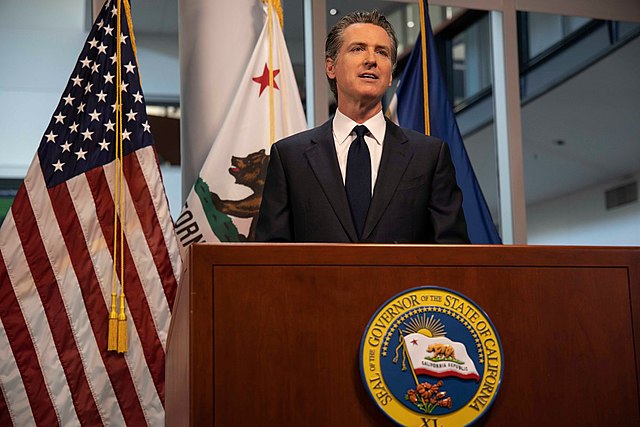
California job cuts will hurt Gavin Newsom’s White House run
California Governor Gavin Newsom loves to describe his state as “an economic powerhouse”. Yet he’s far more reluctant to acknowledge its dramatically worsening employment picture.

An anti-woke counter-revolution is sweeping through the media
From Hollywood to the newsroom, the hegemony of the ‘progressives’ is finally faltering.

Hayek, Orwell, and “The End of Truth”
“The tragedy of collectivist thought,” Hayek noted, “is that, while it starts out to make reason supreme, it ends by destroying reason because it misconceives the process on which the growth of reason depends.”

What Adam Smith’s Justice Teaches Us About Stealing Benefits
There is a constant tension in liberal systems between the shared trust necessary for the system's survival and the use of public entitlements paid for at public expense.


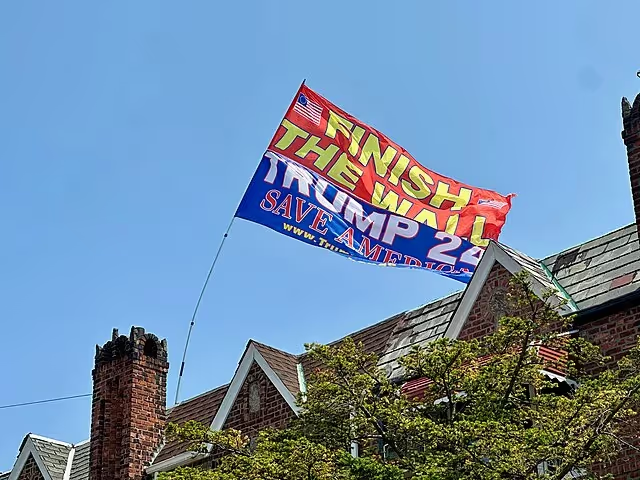

%20(1).jpg)
